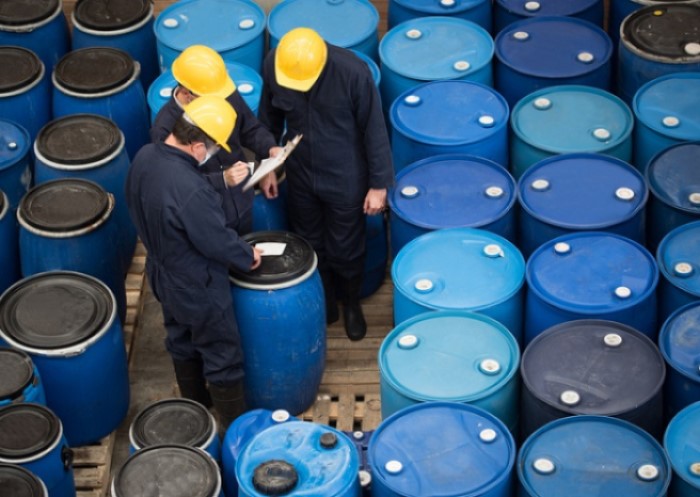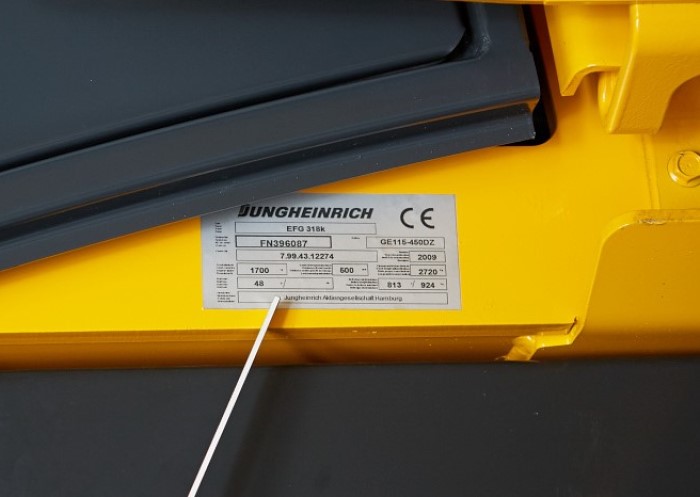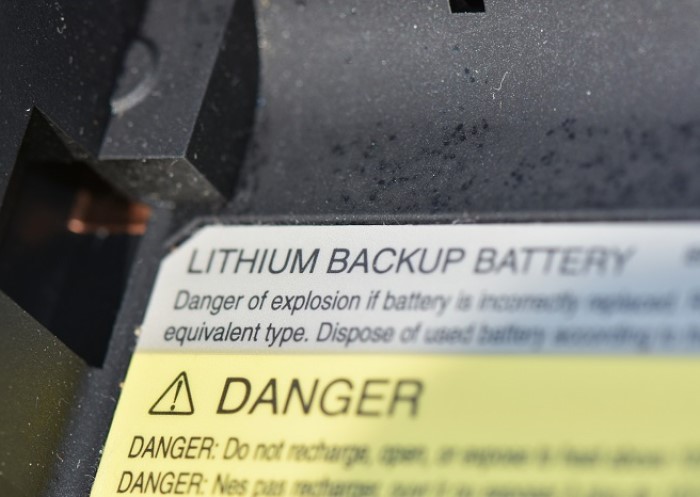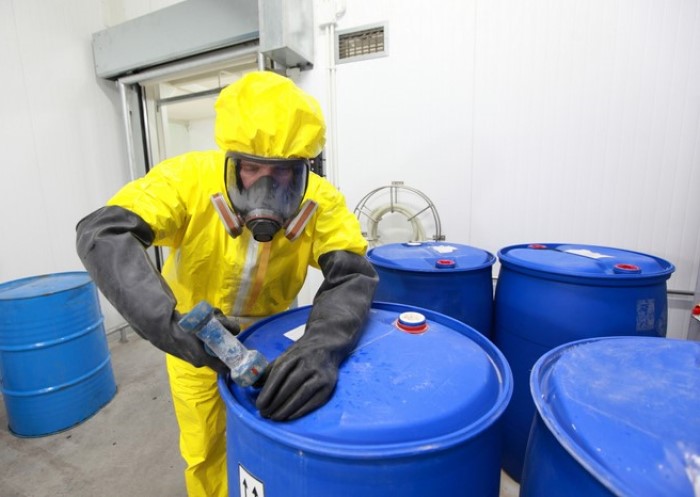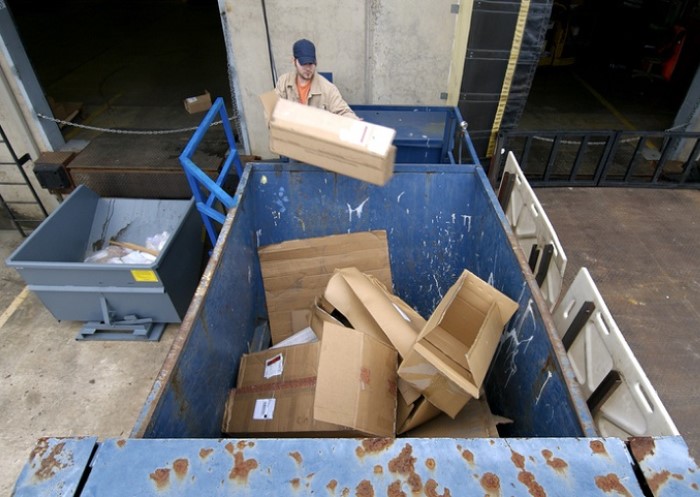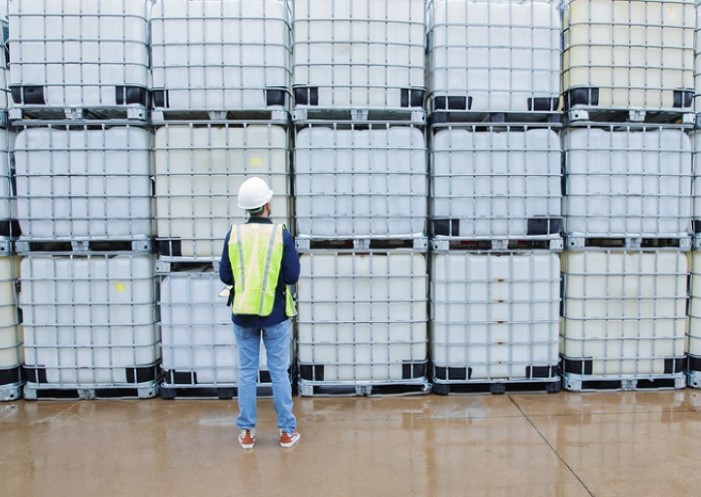Table of contents
The European Chemicals Agency regulation REACH, which came into force in 2007 under the numbering (EC) No. 1907 / 2006, aimed to standardise chemical legislation across Europe. At the same time, it also acted as a knowledge database on hazards and risks emanating from different chemicals. REACH stands for ‘Regulation Concerning the Registration, Evaluation, Authorisation and Restriction of Chemicals’. Chemicals, substances and substance mixtures without a valid REACH registration may not be manufactured, imported, or acquired in the UK or European Union.
The EU REACH regulation has been transferred into UK law under the European Union (Withdrawal) Act 2018. It has now been replicated in the UK with some required changes to make it operable in a domestic setting. However, the key principles of the EU REACH regulation have been retained. This is now in operation and is known as UK REACH. EU REACH registrations held by GB-based businesses have been carried across directly into UK REACH. Businesses that relied on a registration held by an EU or EEA-based company before 1 January 2021 can continue importing substances as they had previously.
The REACH regulation provides for strict regulations if substances are classified as particularly hazardous. If this is the case, either special authorisation must be granted for the manufacture or use, or the handling of the substance is restricted accordingly.
Chemicals that are considered to be of very high concern and need to be assessed and registered using the REACH directive are:
- Carcinogenic substances
- Substances harmful to genetic material
- Substances that damage the ability to reproduce
- Substances that do not break down in the environment, accumulate in humans and animals and are toxic
- Substances that cannot be degraded in the environment, accumulate in humans and animals, and are presumably but not yet detectably toxic
- Substances that have a similarly hazardous effect (for example through a hormonal effect)
Provisions of the reach regulation – obligations for manufacturers

Before the REACH regulation came into force, it was the responsibility of the competent authorities to check and register chemicals, substances, and mixtures of hazardous materials and to control the safety of their handling and storage. This often resulted in information and safety gaps as well as long and cumbersome procedural processes. With the REACH regulation, risk assessments must now be carried out by the manufacturers themselves.
As soon as the chemicals in question are manufactured or imported, they must be submitted for evaluation and registered together with the manufacturers’ risk assessment. In principle, the UK REACH regulation applies to all chemical substances manufactured or used within the country – including substances in mixtures. Some recycling and intermediate products as well as pharmaceuticals and polymers are exempt.
The basic rule of thumb here is: ‘No data – No market’. This means that the REACH regulation provides a general ban on the use of non-registered chemicals. The manufacturer or user must prove to the relevant authority that it is familiar with the risks of the chemical and can deal with them accordingly and that the benefit is greater than the risk.
Registration and evaluation procedures of the REACH regulation
Depending on how hazardous a substance is and in what quantity it is used, different deadlines for registration apply. Authorisation under UK REACH aims to phase out the use of particularly hazardous substances. However, it allows the use of the substance to continue in specific circumstances when deemed necessary.
The Secretary of State makes decisions to add substances to the authorisation list and grant permission for use. These decisions are generally based on the opinion of the Health and Safety Executive (HSE).
Any GB-based legal entity intending to manufacture or import a substance at or above 1 tonne per year is required to submit a registration. Registration is not required for mixtures (formulations), however, substances that comprise a mixture must be registered if the total import volumes for any substance reaches one tonne or more per year. Registration is on a per substance, per legal entity basis. New registrations must be accompanied by the appropriate registration fee.
If you have previously placed chemicals on the GB market, for those substances, the grandfathering or downstream user import notification provisions may apply to you.
If a chemical or a mixture of substances does not receive a REACH certificate after the evaluation procedures, it is subject to a restriction and is therefore no longer considered authorised.
In addition, UK REACH will maintain a candidate list for substances of very high concern, including substances that may continue to be manufactured, processed or distributed but are considered critical based on the REACH evaluation criteria.
What is the REACH regulation for?
There are many good reasons for the UK REACH regulation:
- The UK REACH regulation is primarily intended to protect the immediate and long-term health of humans, animals and the environment. Therefore, chemicals that pose an unacceptable risk should, if possible, no longer be put into circulation and should be replaced in the long term by lower-risk substances.
- At the same time, the UK REACH regulation is intended to promote the competitiveness of the chemical industry in the UK.
- REACH is also intended to promote alternative methods for determining the harmful effects of substances in order to reduce animal testing.
- The REACH Regulation serves to standardise the existing chemicals legislation and ensures a more appropriate distribution of responsibilities. It also ensures better communication in the supply chain and the uniform assessment of risks by all parties involved.
Please note: The regulations mentioned above represent only a selection of the most important legal requirements. Please refer to the listed organisations and directives for more detailed information. If in any doubt, consult experts or contact the relevant regulatory authorities.
Image source:
© gettyimages.de – andresr

